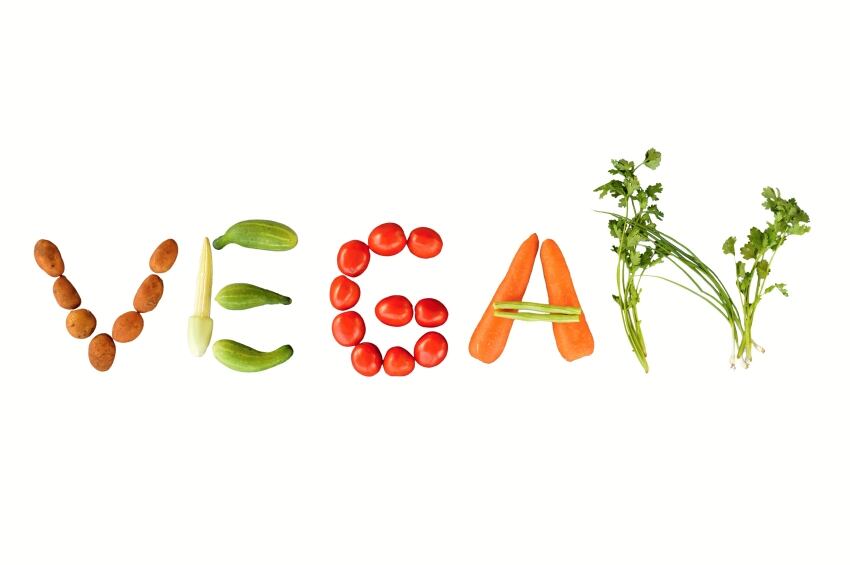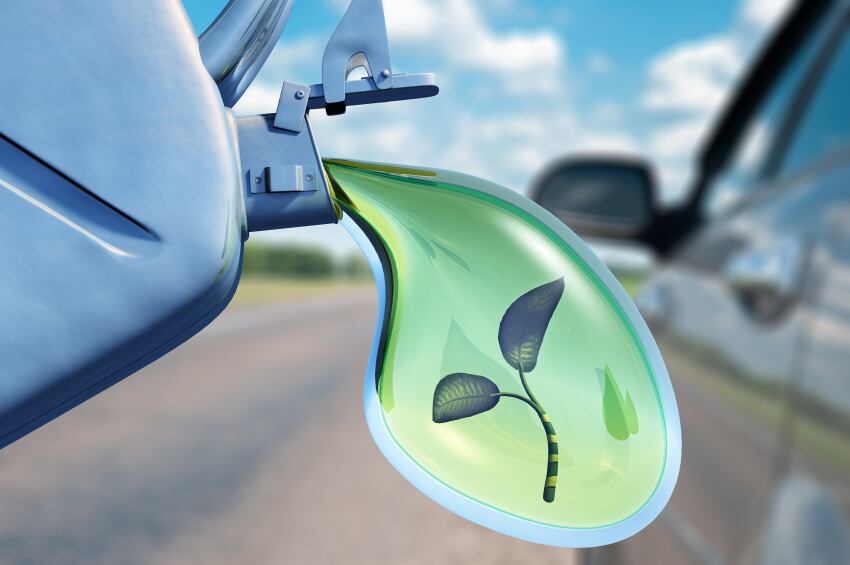The report describes the food sources that generate the greatest GHG emission levels singling out foods of animal origin that do greatest environmental damage.
The researchers found beef and mutton caused particularly high emissions, far higher than most other types of food. Consequently, dietary changes were thought to be the primary enabler of the greatest reduction of GHGs.
However, apart from a number of studies and findings these conclusions have been based on hypothetical changes in diets, with little consideration of consumer preferences.
The report also detailed the potential for increasing crop and livestock productivity whilst reducing the amount of greenhouse gases emitted per unit of meat and dairy produced. However, in most of the EU, agricultural productivity is high and unlikely to contribute to reducing agricultural emissions.
In contrast, the report highlights a range of technology options that could offer reductions in manure management, nitrification inhibitors that reduce N2O emissions from soils, and fat additives that reduce methane (CH4) from ruminants.
These innovations were deemed promising but currently at experimental or pilot-scale level, and did not yet have any proven long-term records of sustained emission reductions.
Scenario selection

The study, conducted at Chalmers University of Technology in Sweden, first focused on demand-side options, through the design of a baseline scenario, which describes changes in the current average diet up to 2050.
This baseline scenario described continued development of current and recent trends of increasing meat consumption at the expense of dairy products and carbohydrate-rich food.
Five alternative scenarios, less meat, dairy beef, vegetarian, climate carnivore, and vegan, all with less GHG intensive diets were also included.
The researchers then estimated GHG emission intensities in current food supply systems following that up with assessment of the potential for reducing the emission using a select range of technology options.
“We found that food-related methane and nitrous oxide emissions can be reduced enough to meet the EU 2050 climate targets,” said the researchers.
“Technologically, agriculture can improve in productivity and through implementation of specific mitigation measures.”
The researchers were optimistic that these developments could cut current food-related methane and nitrous oxide emissions by nearly 50% provided dietary changes were also implemented.
Large reductions, by 50% or more, in beef and mutton consumption were unavoidable if the EU targets were to be met, the study noted.
However, consumption of pork and poultry meat or dairy products might be accommodated within the climate targets.
“High dairy consumption, however, is only compatible with the targets if there are substantial advances in technology.”
“Reducing food waste plays a minor role for meeting the climate targets, lowering emissions only by an additional 1–3%.”
Testing innovative technology

In analysing the effect technology options, converting to biofuels and decarbonising the electricity supply were options identified in the scenarios created.
“This illustrates that energy use is a dominant source of CO2 in food systems,” the study noted. “Reduction potentials for CO2 in energy supply are generally much higher than for biogenic CH4 and Nitrous Oxide (N2O) sources in agriculture.”
The results also identified that for diets that contained meat and dairy products, implementation of low-emitting manure management technology offered substantial reductions in GHG emissions.
The discussion of the findings focused on current EU food policy, which is at odds with the EU climate targets for reaching the 2°C target.
“To meet this target, and the even more stringent targets needed in the very long term, diets will need to change towards less GHG-intensive food items. In particular, deep cuts in beef and mutton consumption seem to be unavoidable.”
The researchers put forward a price-based policy, such as consumption taxes differentiated by emission levels as a potential solution.
However, limited studies have been carried out on such options and the researchers acknowledged the need for more comprehensive analyses.
Currently there are few policies in the EU that target GHG reduction through development and dissemination of these technologies.
“There is an urgent need for stronger policies in this area, in particular regarding support for long-term field testing of nitrification inhibitors over a wide range of agronomic and environmental conditions, with the aim of assessing long-run reduction potentials as well as any negative side-effects,” the study said.
“In addition the support for development and full-scale testing of manure management technologies that potentially offer near-zero emissions, such as covering and flaring of slurry storage, are needed.”
Source: Food Policy
Published online ahead of print, doi:10.1016/j.foodpol.2015.12.012
“How can the EU climate targets be met? A combined analysis of technological and demand-side changes in food and agriculture.”
Authors: David Bryngelsson, Stefan Wirsenius, Fredrik Hedenus, Ulf Sonesson
